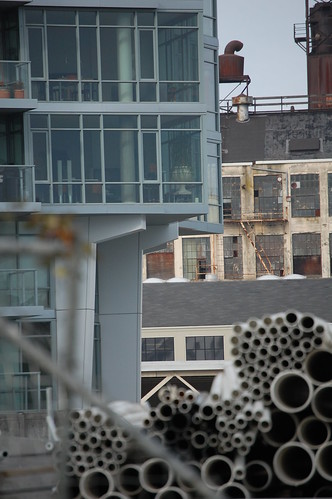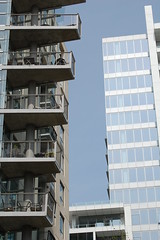What is Portland’s most Awesome!-ist Web site?
by Steve, June 19th, 2012Portland may have a shortage of affordable housing, family wage jobs, diversity, good public schools and trustworthy leadership, but there is one thing in ample supply: enthusiasm about how great Portland is. There are any number of white people with blogs who want to tell you all about it!
So, herewith is our list of Portland’s Top Ten Most Awesome!est Web Sites! (As measured by Google hits on the word “awesome.” See, Portland also seems to have a shortage of thesauri.)*
Number 10: Byron Beck is beyond Awesome! (and he probably owns a thesaurus); consequently he barely tips the meter with 203 Awesome!s.
Number 9: Food Carts Portland suffers an unexpected dearth of Awesome!ness with only 283 Awesome!s. (We think this might be a technical problem with Google.) This site is self-described as “an ode to Portland’s food carts,” with a focus on the “positive,” though “we will always be honest in my findings.” (We try to be honest with my findings, too, even when they don’t support our preconceived notions.)
Number 8: You wouldn’t expect grouchy megalomaniac blogger BoJack to score high on the Awesome! scale, but you might be surprised. Maybe it’s by sheer volume, but in his approximately 36 years of tossing out red meat for libertarian gubmint haters, he and his followers managed a respectable 526 Awesome!s. (There used to be a blog called “Portland’s Future Awesome!” that was a direct response to BoJack’s crankiness, but I think they ran out of exclamation points and had to shut down!)
Number 7: Willamette Week scores a middling 663 Awesome! points.
Number 6: The shameless political bottom feeders at Blue Oregon clock in with 807 on the Awesome! scale. You might think it would be higher, what with their shilling for paid clients and all. But then they try so hard to be taken seriously. (Erstwhile wannabe BO competitor Loaded Orygun shut down and nobody noticed, so we can’t even do a query there.)
Number 5: Silicon Florist is a continual gush about how cool the Web and mobile app startup scene is in Portland (never mind the thousands of engineers working at Intel and Tektronix and the like in the actual Silicon Forest), so you’d think they’d score higher than 853 Awesome!s.
Number 4: Urban Honking, the Portland blog nobody ever heard of that once hosted a lame sycophantic blog nobody read called Portland’s Future Awesome!, takes it to the next level with 2,500 Awesome! points.
Number 3: The party rockers at PDX Pipeline up the Awesome! with 5020.
Number 2: The alt weekly Portland Mercury serves the hipster demographic, so it’s hard to know what to expect. On the one hand, they try to come off as jaded. But they also like to appear ironic. Despite that, they’re some of the biggest suckers when it comes to gentrification polices shrouded in the Awesome!ness of sustainability, bikes, pop music, fashion, public nudity or gayness (not that there’s anything wrong with that). The results? A whole next next level with 27,000 on the Awesome! scale!
But what’s the singular, most incredibly Awesome!est Web site on the scene?
Portland, I give you the inspiration for this whole ridiculous Awesome! exercise…
Number 1: Bike Portland, with an Awesome! 52,500 Awesome! points. How can Bike Portland beat the closest contender by a nearly two-to-one margin of Awesome!? We don’t know… Maybe because everything is Awesome! when your majority white male demographic wields out-sized policy influence at City Hall. (Now listen, take it easy, I’ve been a white male Portland metro bike commuter since I moved here in 1989.)
Disclaimer: This study is non-scientific. Actual Awesome!ness may vary. Some Awesome! sites we’ve never heard of were probably omitted. Our own Portland blog, which nobody reads, was never even in the running, with a mere 52 on the Awesome! scale (not counting this post, which still wouldn’t put us in the running). The only people who will read this post are my wife and people with Google alerts set up for mentions of their Awesome! Web sites. Yeah, that’s right, I’m looking at you.











